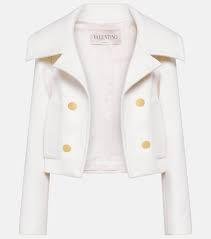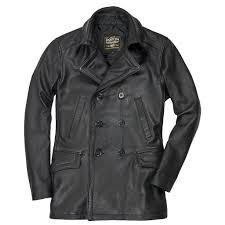When it comes to buying outerwear, one of the most important factors to consider is the fabric. Different materials offer various benefits that can affect your comfort, style, and functionality. Understanding the characteristics of each fabric will help you make an informed choice that suits your needs.
First, let's talk about wool. This natural fiber is famous for its warmth and insulation properties, making it ideal for colder climates. Wool can also wick moisture away from your body, keeping you dry and comfortable. However, be mindful that some wool can be itchy, so look for softer varieties, like merino wool, if you have sensitive skin.
If you're looking for something lightweight yet warm, consider down outerwear. Down jackets are filled with the soft feathers of ducks or geese, providing excellent insulation. However, they can lose their insulating properties when wet, so if you live in a rainy area, you might want to opt for a waterproof shell or look for down blends that offer moisture resistance.
Polyester is another popular choice for outerwear. This synthetic fabric is durable, lightweight, and usually water-resistant, making it a great option for everyday wear. Additionally, polyester can be treated with various coatings that improve its water and wind resistance, offering protection against the elements without sacrificing style.
Lastly, always consider breathability. Fabrics like Gore-Tex and other technical materials are designed to let moisture escape while keeping wind and water out. This is especially important if you plan on being active in your outerwear. Choosing the right fabric not only enhances your comfort but also ensures that your outerwear lasts longer and performs better.
Understanding Different Outerwear Styles
One popular outerwear style is the bomber jacket. This versatile piece originated from military attire, featuring a fitted waist and cuffs. Bomber jackets are available in numerous materials, including leather, nylon, and cotton, making them ideal for both chilly nights and casual outings. They can be easily paired with jeans or dresses, offering a blend of comfort and style.
Another essential outerwear option is the trench coat. This timeless piece is a staple in many fashion wardrobes. With its long length and belted waist, a trench coat provides both elegance and practicality. It's perfect for layering over business attire or adding a polished touch to everyday outfits. Look for water-resistant materials to ensure you stay dry during unexpected rain showers.
If you're in need of something heavier, consider a puffer jacket. These insulated outerwear pieces are designed to keep you warm in the coldest temperatures. Puffer jackets come in various lengths and styles, so you can find one that suits your needs. They are particularly great for outdoor activities and can be dressed down with casual wear or dressed up with sleek accessories.
Finding Your Perfect Fit
Another important factor to consider is your body shape. Different outerwear styles flatter various body types. For instance, if you have a curvier figure, you might want to look for jackets that cinch at the waist. On the other hand, if you have a more athletic build, you may prefer trench coats or oversized styles. Don’t hesitate to try different styles to see what feels right for you!
Fabric also plays a role in achieving the perfect fit. Some materials are more forgiving and adaptable than others. For instance, outerwear made from stretchy fabrics can offer a more comfortable fit, allowing for ease of movement. Additionally, consider how many layers you’ll be wearing underneath your outerwear; make sure there's enough room for sweaters or hoodies while still maintaining a snug fit.
Finally, pay attention to how the outerwear feels when you try it on. Move your arms and walk around to ensure you have enough mobility. If the outerwear feels restrictive in any way, it might not be the right choice for you. Remember, you should enjoy wearing your outerwear, so finding that perfect fit is essential for both style and comfort.
Caring for Your New Outerwear
When it comes to cleaning your outerwear, hand washing is often the safest method, especially for delicate materials. If your outerwear can be machine washed, use a gentle cycle with cold water to avoid shrinking or fading. Make sure to use a mild detergent specifically designed for outerwear, as this will help maintain the fabric's water-resistant properties.
Drying your outerwear properly is just as important as washing it. Instead of tossing it in the dryer, which can damage the fabric, hang your outerwear to air dry. If your outerwear is made of down or has insulation, make sure to fluff it periodically as it dries to help maintain its shape and loft. Protecting your outerwear from excessive moisture, especially if it’s not waterproof, will also prolong its lifespan.
Lastly, store your outerwear correctly when the seasons change. Avoid folding jackets or coats as this can cause creases and damage to the fabric. Instead, hang them on wide, padded hangers to keep their shape intact. In areas with high humidity, consider using mothballs or cedar blocks to protect your outerwear from pests. By following these simple care tips, you’ll ensure that your outerwear remains in top condition for years to come.



